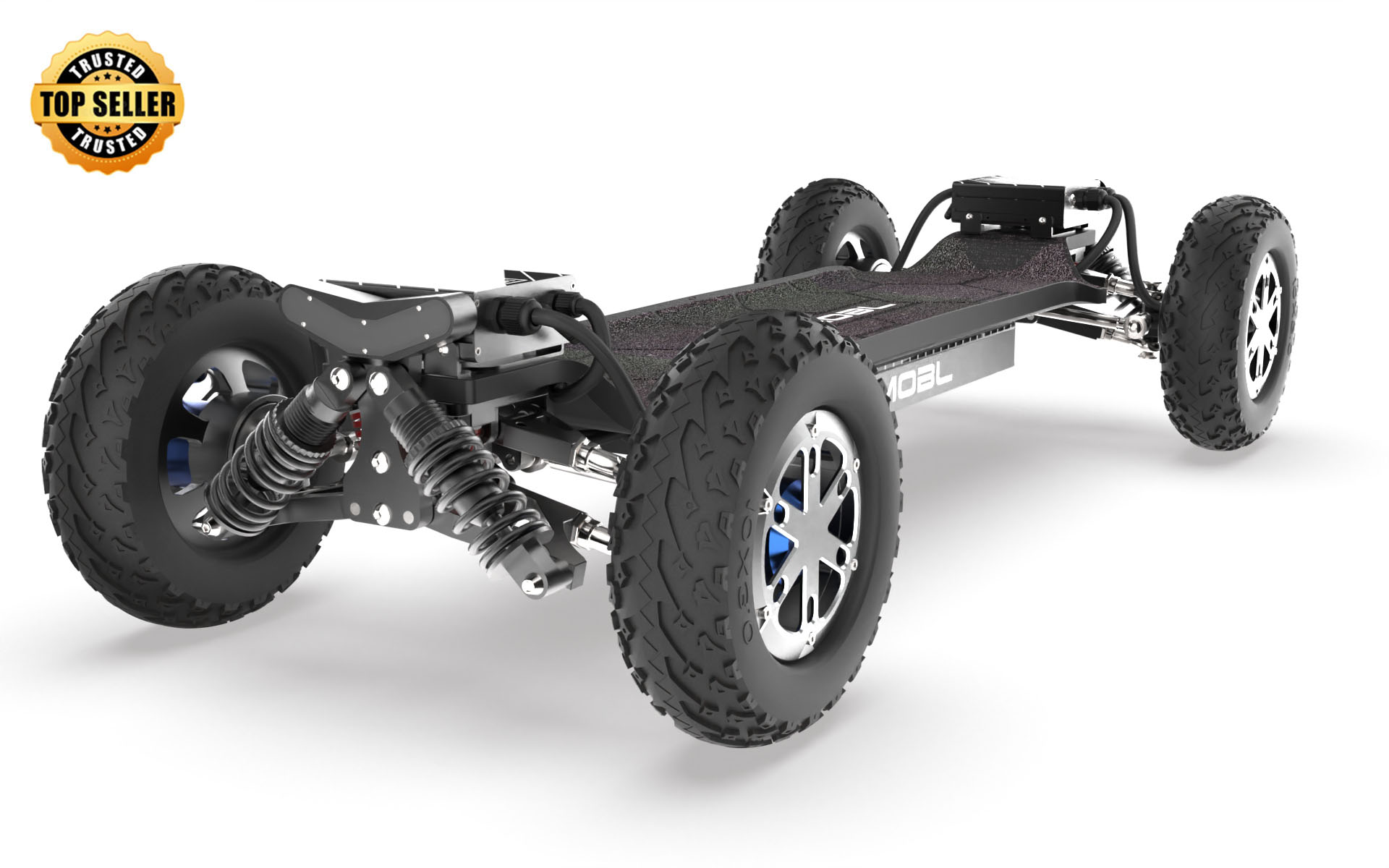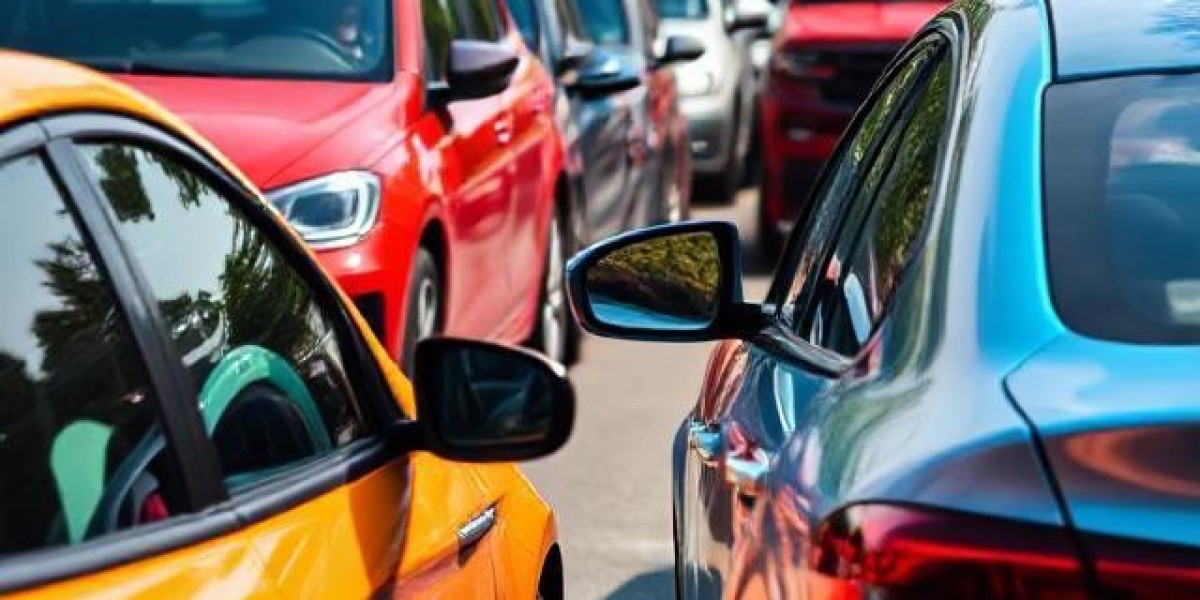Unleash the Thrill: Discover the Magic Behind Motorized Skateboards!
Motorized skateboards, often referred to as e-skateboards, have taken the skating world by storm, captivating both seasoned riders and newcomers alike. The thrill of gliding effortlessly down the street, powered by an electric motor, offers an exhilarating experience that traditional skateboards simply can't match. As urban transportation evolves, these innovative boards have become a practical and exciting alternative for commuting, leisure riding, and even trick performances. In this article, we will dive deep into the mechanics of motorized skateboards, explore how they work, and highlight the myriad benefits they offer to riders of all kinds.

Understanding Motorized Skateboards
Motorized skateboards combine traditional skateboarding with advanced technology, offering a unique mode of transport. At their core, these skateboards consist of a sturdy deck, a powerful electric motor, and a rechargeable battery. The deck is designed to support the rider's weight, while the motor is typically mounted on the wheels or in the truck assembly. The battery provides the necessary power to propel the skateboard, often allowing for speeds of up to 20 miles per hour or more. The integration of electronic speed controllers ensures a smooth ride, allowing riders to accelerate and decelerate seamlessly. Additionally, many models feature regenerative braking systems that convert kinetic energy back into electrical energy, enhancing battery efficiency. Understanding these components is essential for anyone looking to explore the world of motorized skateboards.
How Motorized Skateboards Work
Motorized skateboards operate through a combination of mechanical and electrical systems. When a rider pushes the throttle, the electric motor engages, sending power to the wheels. Most e-skateboards use brushless DC motors, which are known for their efficiency and durability. These motors convert electrical energy from the battery into rotational energy, propelling the skateboard forward. The power delivery varies depending on the skateboard's design, with some models featuring direct drive systems that connect the motor directly to the wheels, while others use belt-driven systems that provide greater torque and acceleration. Riders can control their speed using handheld remotes or even mobile apps, allowing for a personalized riding experience. The seamless integration of these technologies makes motorized skateboards not only fun but also incredibly efficient for daily travel.
Benefits of Using Motorized Skateboards
Motorized skateboards come with a plethora of advantages that cater to various riders' needs. Firstly, they provide an effortless way to navigate through urban environments, making commuting a breeze. Riders can dodge traffic and reduce their reliance on cars, which is particularly beneficial for the environment. Moreover, e-skateboards are often faster than traditional skateboards, enabling users to cover longer distances in shorter time frames. Convenience is another significant benefit; these boards are typically lightweight and portable, allowing riders to carry them onto public transport or store them easily at home or work. On a personal note, a friend of mine recently switched to using a motorized skateboard for her daily commute. She found it not only faster but also incredibly enjoyable, transforming her mundane travel into an adventure. Overall, the fusion of fun and practicality makes motorized skateboards an appealing choice for modern transportation.
Safety Tips for Riding Motorized Skateboards
While the thrill of riding a motorized skateboard is undeniable, it's crucial to prioritize safety. Riders should always wear protective gear, including a helmet, knee pads, and elbow pads, to reduce the risk of injury in case of falls. It's equally important to familiarize oneself with local laws and regulations regarding e-skateboards, as they can vary significantly by region. Additionally, riders should be mindful of their surroundings, watching out for pedestrians, vehicles, and obstacles. Starting on quieter streets or designated bike paths can help new riders build confidence before tackling busier areas. Finally, maintaining the skateboard regularly ensures optimal performance and prevents accidents caused by mechanical failures.
Exploring the Future of Motorized Skateboarding
Motorized skateboards represent a fascinating blend of technology and fun, making them an attractive option for both transportation and leisure. From understanding how they operate to recognizing their numerous benefits, it's clear that these innovative boards have something to offer everyone. As urban landscapes continue to evolve, motorized skateboards are poised to become a more common sight on our streets. So why not embrace the adventure? Consider trying one for yourself and experience the thrill of riding a skateboard with a motor—it's an exhilarating journey waiting to be discovered!








